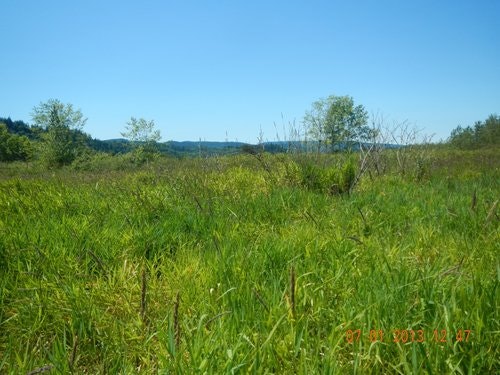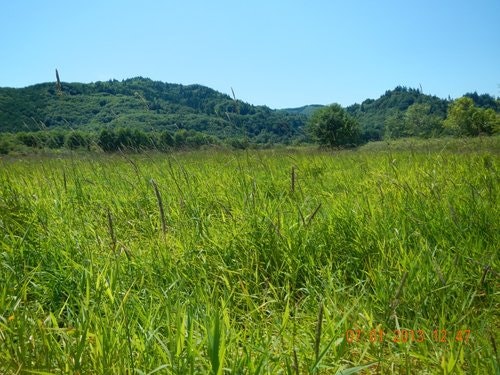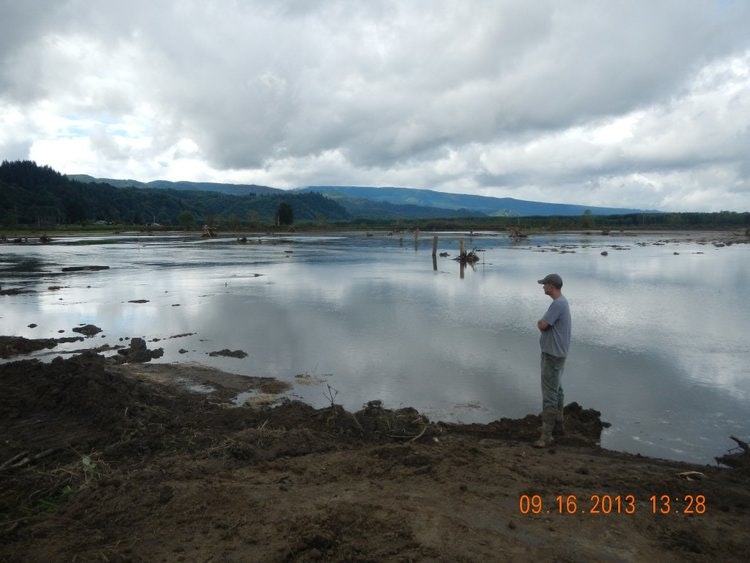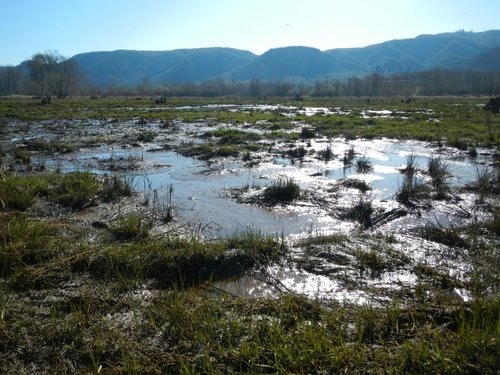Marsh Restoration
Columbia County Soil and Water Conservation District (SWCD) partnered with the Lower Columbia River Watershed Council (LCRWC), the Lower Columbia Estuary Partnership (LCEP), and several other conservation agencies to undertake an exciting restoration project in Clatskanie, OR. The area called “Louisiana Swamp” is a 45 acre property adjacent to the Westport Slough that had undergone many artificial changes resulting in a lack of floodplain connectivity, homogenization of habitat, and a loss of native species.
BEFORE



CONSTRUCTION - LEVEE BREACH


FINAL RESTORATION



The Columbia County Soil and Water Conservation District (SWCD) partnered with the Lower Columbia River Watershed Council (LCRWC), the Lower Columbia Estuary Partnership (LCEP), and several other conservation agencies to undertake an exciting restoration project in Clatskanie, OR. The area called “Louisiana Swamp” is a 45 acre property adjacent to the Westport Slough. Historically, this area was a freshwater marsh boasting a healthy wetland ecosystem that included several species of salmon. The property was also naturally bisected by Tandy Creek which is known to contain Coho, Chinook and Steelhead salmon populations.
In more recent years “Louisiana Swamp,” owned by the Lower Columba River Tree Farm LLC and managed by GreenWood Resources, Inc., has lost a lot of its ecological function and value. In the 1930s the Department of War (now the Army Corps. of Engineers) installed levees throughout the area to facilitate conversion of the land to agriculture. In the 1950s Louisiana Swamp was cleared, floodgates were installed, and Tandy Creek was rechannelized through the property in an effort to convert it to pastureland. Despite these modifications to the land, Louisiana Swamp turned out to be unsuitable for grazing. The levees were poorly built resulting in periodic flooding and a high groundwater table. At the time this project was identified, the tide gates were no longer functional and reed canary grass had taken over most of the pastureland.
The artificial changes to Louisiana Swamp resulted in a lack of floodplain connectivity, homogenization of habitat, and a loss of native species. The Louisiana Swamp is just one piece of important habitat that has been lost along the Lower Columbia River’s system of freshwater tidal floodplains as a result of diking, filling, and installation of flood control structures. Managers estimate that around 70% of natural scrub-shrub habitat in the area has been lost since the early to mid 1900s mainly to clear the way for agriculture. When the land manager, Rick Stonex, approached the SWCD for help with the property, the agency saw an opportunity to restore a crucial piece of habitat back to a natural and ecologically productive state. k The Louisiana Swamp project presented a great opportunity for conservation agencies to partner together to achieve a common goal. The LCRWC submitted an application for funds to the Lower Columbia River Estuary Partnership in February 2013. Funding for the project came from LCEP and an OWEB grant. LCRWC contributed labor and GreenWood Resources Inc. contributed some of the materials for the large wood placement and also agreed to perform future monitoring of the site. US Fish and Wildlife handled all federal permitting for the project and the Oregon Department of Fish and Wildlife performed fish salvage.
In addition to the predicted ecological benefits of this project, there were economic advantages for the local community as well. The project was designed by Lower Columbia Engineering and implemented by a local construction company, Kynsi Construction. All of the large wood purchased for use in restoring in-stream habitat came from Columbia County and all of the native plants were purchased in Vancouver.
The restoration plan included the elimination of the two failing tidal gates that disconnected 35 acres of the property from the other 10 as well as from Westport Slough and prevented fish passage. The plan also called for the restoration of Tandy Creek to its original state, reconnection of floodplains, creation of off-channel habitat, improvement of in-stream habitat with large wood placements, and restoration of the native plant community. Agency workers believed that all of these actions would result in improved rearing and refuge habitat for juvenile salmon as well as quality habitat for many other wildlife species including waterfowl, neotropical and songbirds, beavers, reptiles, amphibians, and deer.
The project was completed in the summer of 2013 with the exception of the planting phase. Managers state that there are approximately 30,000 trees as well as an abundance of herbaceous plants that still need to be planted. With the natural hydrology of the site restored, faulty tidal gates removed, and landowners who are committed to the project’s future success, Louisiana Swamp is expected to become a sanctuary for many wildlife species struggling to survive in a landscape dominated by human manipulation.
